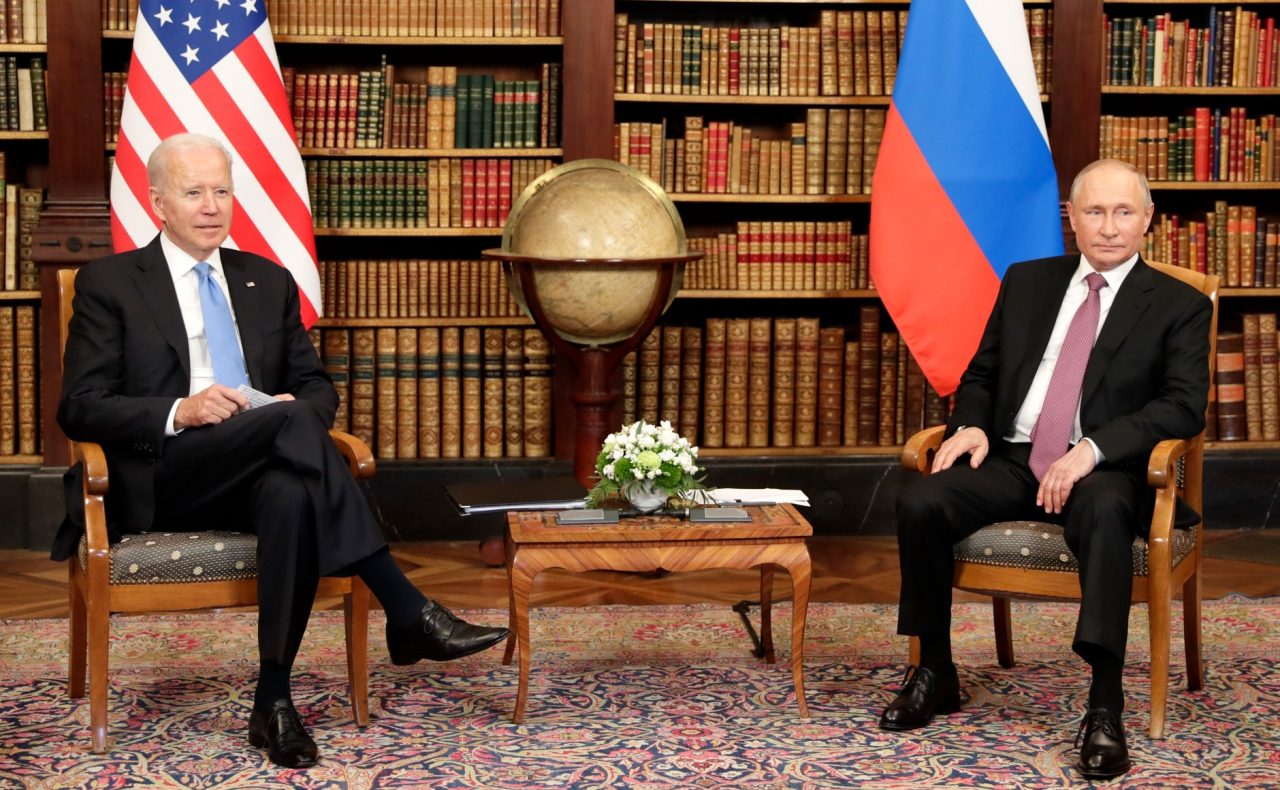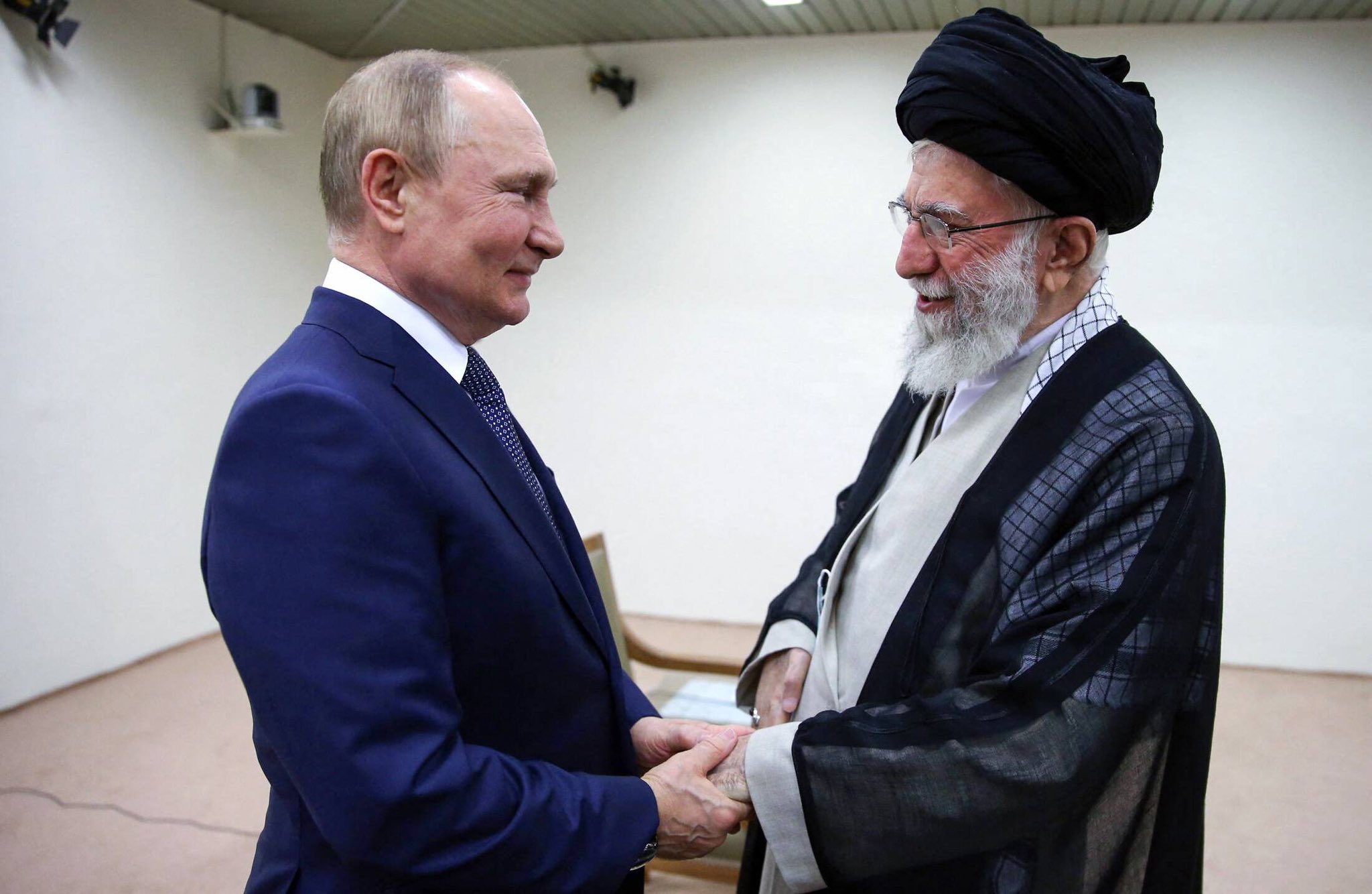Iran’s shift from medievalism to modernism at the beginning of the 20th century and then from modernism to theocracy and conservatism by the end of the same century is a bizarre story of our times.
A nation gifted with immense human and natural potential and a country that once raised a glorious empire in the east has not been able to grow in a stable and consistent manner. This is only the quirk of destiny and nothing else.
After World War I, Iran came under the focus of Great Britain and France as a region of strategic importance that contained massive carbon deposits.
In the words of some keen observers, oil is a boon and a curse for Iran. The history of Iran after WW I is the history of the oil industry in the Middle East. WW II saw the virtual enslavement of Iran to the developed West and, more importantly, of the United States of America.
The Soviets of the day did not lag in instigating the oppressed and deprived sections of Iranian people. In this way, Iran became the battleground of the superpowers of the day in the Asian Continent.
Finally, in 1979, under the religious leadership of Ayatollah Khomeini, Iranians ousted the monarchy. They installed a theocratic regime that took Iran back to the ethos of the so-called early days of Islam.
The theocratic regime started its tenure on a note of hatred and animosity with the western developed countries, especially the US.
US Support To Israel Over Iranian Nuclear Threats
Theocratic Iran has accelerated antagonism against the US because she believes the US is giving covert and overt support to the State of Israel. Iran vowed to take Jerusalem (Qods) back to the Islamic fold. But the situation on the ground does not lend her any opportunity of doing so.
The US has imposed sanctions on Iran not once but twice. Washington argues that Iran is trying to develop a nuclear bomb that threatens Israel and Saudi Arabia, with Iran having an old religious feud.

Sanctions have crippled Iran in more than one way. She stands isolated. Though during the administration of Obama, a nuclear agreement was signed between Iran and the western powers, including the US, it did not last long.
Iran had promised to halt its nuclear program, and in return, the US agreed to lift sanctions and release the credits of Iran hitherto banned under the sanctions practice.
Iran got a temporary respite; she retrieved her financial assets hitherto frozen in European and US banks. The world believed that the era of darkness for Iran had come to a close. But that was not to be.
Days before he demitted office, President Trump announced that the US withdrew from the nuclear agreement with Iran. He gave in because Iran supported and sponsored terrorism in different parts of the world.
Perhaps Trump was under pressure from the Saudi monarchy and had to take the step to appease the pro-Israeli lobby in the American Congress.
Iran’s Claims Of Hypersonic Weapon & Jets
Iran was again faced with economic and political hardships. However, the EU members decided to bring pressure on the US so that Iran nuclear treaty could be revisited and some way found to resolve the logjam.
Parleys were underway toward that purpose. But then it became known that Iran had changed its stance and come close to Russia. She had agreed to give Russia the drones deployed by Moscow in its war against Ukraine.
The European powers, the members of NATO, were upset by Iran’s policy of collaborating with Russia, which was fighting NATO in Ukraine. The EU dragged its feet and left the Iranian nuclear issue in cold storage. They had a more serious problem to deal with, viz., the Ukraine war.
Iran has changed her stance, no doubt. She has come close to Russia. The latest is that Iran appears to have developed a hypersonic weapon using Russian technology acquired in exchange for weaponry it has provided for Moscow’s struggling war in Ukraine, a military quid pro quo that, if true, will raise antennae in the US and among its strategic allies.
The Tasnim News Agency, more or less a semi-official agency of Iran, reported recently that Iran had built a hypersonic weapon capable of evading and hitting advanced enemy air defense systems.
Iran Revolutionary Guards Corps (IRGC) General, Amir Ali Hajizadeh, said, “Iran’s hypersonic weapon represents a significant leap for its missile program. The new weapon can maneuver in and out of the atmosphere; can penetrate all known missile defense systems, and adversaries won’t be able to develop sufficient countermeasures for decades.”

Commenting on the disclosures, Reuters said that there are no reports that Iran has ever tested a hypersonic weapon and that although it has a vast domestic arms industry, the Islamic Republic is known for exaggerating its military capabilities.
Very few people know that during the Iran-Iraq war, Iran accepted weapons from Israel supplied to her through Pakistan. But outwardly, both of these countries assert their rejection of Israel.
We can bring to mind that another case of that exaggeration is Iran’s Qaher-313 stealth fighter jet, which Western analysts have primarily dismissed as fake.
David Cenciotti wrote in The Aviationist that “several giveaways show Iran’s Qaher-313 is just a large mock-up, including its very basic flight instruments, lack of cockpit wiring, a nose section too small to fit any radar, minimal air intakes and that the lack of an engine nozzle that could cause the afterburner to melt the plane.” International observers consider Iran’s claims of developing a hypersonic weapon nothing more than a gaffe that unnerves nobody.
Nevertheless, we should not ignore that Iran continues to build a massive missile arsenal, and developing a hypersonic weapon may be within its priorities and capabilities.
J Matthew McInnis says in a report that Iran’s ballistic missile force is the core of its deterrent strategy and that no part of Iran’s defense industrial complex has had as much investment or focus.
McInnis also notes that China, North Korea, and Russia have been assisting Iran with its missile program, and it may be attempting to develop intercontinental ballistic missiles (ICBM).
Experts say that Iran still struggles to make its missiles accurate enough for offensive use, as it fails to develop adequate stabilization and precision guidance in its strategic partnership with Russia, trading in military materiel assistance for hypersonic and technical nuclear know-how.
In his article titled ‘Russia looking to Iran for killer drones’ published in the Asia Times on July 21, Gabriel Honrada says, “On Russia’s initial plans to acquire drones from Iran. The move was most likely driven by the need to quickly replace battle losses, a lack of advanced drones, and limitations in Russia’s drone industry.”
In addition to drones, Asia Times reported in August on the launch of Iran’s indigenous Khayyam imaging satellite, which may be, in fact, a Russian Kanopus-V satellite with high-resolution imaging cameras.
This information has come out only owing to the Ukraine war; otherwise, nothing would have been public. Nevertheless, it is the right time for the US policy planners to dispassionately debate the frequent use of the weapon of sanctions on nations unwilling to sing the American song.
Many in the US Congress are skeptical about whether sanctions are an effective instrument to dissuade “errant” countries from not deviating from what the US wants them to do.
Whether Iran has a hypersonic weapon or not is not the issue; the issue is that continuing sanctions and isolating Iran may ultimately prove counter-productive.
- Padma Shri KN Pandita is the former Director of the Centre of Central Asian Studies at Kashmir University. Views expressed here are of the author’s.
- Mail EurAsian Times at etdesk(at)eurasiantimes.com
- Follow EurAsian Times on Google News




